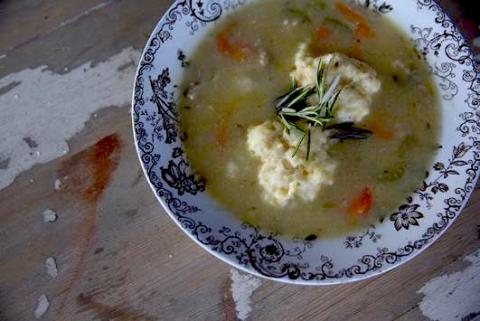with Greg Hackney
 I’ll swim a jig throughout the year to catch bass, particularly any time bass are holding in 5-feet or less water including when bass are:
I’ll swim a jig throughout the year to catch bass, particularly any time bass are holding in 5-feet or less water including when bass are:
- suspended on boat docks
- holding on lily pads
- concentrated in shallow grass in cold water
- holding on wood cover
Instead of fishing a lipless crankbait or a spinner bait, I’ll slow-roll the swim jig to get bites. The swim jig is one of the most versatile lures made, since you can swim it in any depth of water at any time of the year and catch a bass. During the winter months, when many anglers are fishing jerkbaits, lipless crankbaits and spinner baits, the swim jig is a big-bass bait that you can swim and give the bass a different lure to look at and to eat. My two favorite sizes of swim jigs are a 1/4- or a 3/8-ounce if I’m fishing 5-feet deep or less. I primarily like three colors: white, black-and-blue and bluegill.
If that day the water conditions and the structure seem to call for fishing a bladed jig or a spinner bait, I’ll fish a swim jig. I’ve also found that the swim jig is a productive follow-up lure to use when a bass misses another bait. If you’ve got a swim bait tied on, lay down the rod with the lure the bass has missed and pick up the rod with the swim jig. Then you often can catch that bass on a swim jig. I consider a swim jig a power finesse tactic. The swim jig is a sight-oriented lure without any flash and doesn’t make any sounds but is like eye candy. Basically, it only has a swimming action and is super natural-looking.
The key to fishing a swim jig successfully is to try and match the lure to the size and the color of whatever the bass are feeding on at the time you’re fishing. For instance, I’ll use the white swim jig when the bass area feeding on shad. I’ll fish the bluegill-colored swim jig when the bass are feeding on bluegills. I like the black-and-blue swim jig when I’m fishing dark water, especially early and late, and that color combination pays off in bass dividends in cold water, too.
 I’ll be fishing a Strike King Hack Attack Heavy Cover swim jig 99% of the time with a Strike King Rage Craw trailer that matches the color of the swim jig I’m fishing. For instance, I’ll throw a green pumpkin trailer with some chartreuse on the tail to match the bluegill’s color. In clear water, I may fish a Candy Craw color and in dark water an Okeechobee craw. Sometimes, I’ll downsize and use a Strike King Menace grub as my trailer.
I’ll be fishing a Strike King Hack Attack Heavy Cover swim jig 99% of the time with a Strike King Rage Craw trailer that matches the color of the swim jig I’m fishing. For instance, I’ll throw a green pumpkin trailer with some chartreuse on the tail to match the bluegill’s color. In clear water, I may fish a Candy Craw color and in dark water an Okeechobee craw. Sometimes, I’ll downsize and use a Strike King Menace grub as my trailer.
When I’m retrieving the swim jig in the winter, on some days the bass will want that jig as fast as I can turn the handle on my reel. Or, the bass may want the jig swimming on the surface or crawling through the cover. I also can pump my rod to give a swim jig fast action. Remember, when you’re fishing the swim jig, you create the action of the bait because the swim jig has no built-in action like a crankbait or a spinner bait have.
When fishing the swim jig, I like a 7’3” to a 7’6” medium-heavy action rod with a soft tip and a lot of backbone. More times than not, I’ll be using 50-pound-test braided line tied to my swim jig. Generally, I’ll be fishing the swim jig around cover, and I’ll need that heavy line and rod to get the bass out of that cover once I catch it. I prefer a soft-tip rod since I need the bass to swallow the swim jig deep into its mouth, and that heavy action to get the hook on the swim jig deep in the bass’s jaw to jack the bass out of the cover.




























